
What the fort at St Mary's City might have looked like
Credit: HSMC
Pushing what looked like a lawnmower, Tim Horsley, walked 33 miles up and down a huge hay field in search of a palisade dating back to 1634.
His goal was to find St Mary’s Fort, a settlement about 90 minutes south of Washington DC which had been lost for centuries.
Mr Horsley, 45, a Bradford University graduate, had first heard of the settlement back in the 1990s, when it featured on Time Team, a Channel 4 documentary which normally conducted.
Decades later, having set up a non-invasive archaeology company in the US, he was called in by St Mary’s City, an outdoor living history museum, to solve a riddle that had baffled experts for decades.
The existence of the palisaded fort was never in doubt, but where was it?

Tim Horsley with his "lawnmower", a ground-penetrating radar device
As far back as the Thirties, historian Henry Chandlee Forman was convinced the settlement was on St Mary’s River.
But more recently artefacts were found some distance away, suggesting an alternative location, explained Travis Parno, 36, the museum’s director of research.
"We have a single letter written in May 1634 by the colony’s first governor Leonard Calvert. To Sir Richard Lechford, one of the financiers of the colony.
"It goes into detail about the fort and says we walked one-half mile inland.
"We had two competing theories: the conventional wisdom that the fort was on the river and the letter from Calvert."

Archaeologists found evidence of buildings on the inland site
Enlisted by Mr Parno in 2017, Mr Horsley examined both sites using advanced techniques to discover which of the sites — the river bank or inland — was the most likely candidate.
"I began with topsoil magnetic susceptibility. You essentially produce a heat map of past human activity.
"Then I followed up with another technique, magnetometry. This is a technique we use for archaeological surveying to map features, especially habitation remains such as evidence of burning, pits, and ditches."
The inland site was more promising, showing evidence that there had been buildings in the past.

Travis Parno, centre, the museum's director of research, directs the dig
This is where the "lawnmower" — in reality, a ground-penetrating radar device — came in.
"It sends pulses of energy into the ground. Whenever there is a change in soil properties you get a reflection back.
"There is a lot of walking in my job, but it pays off."
The data from all three techniques enabled Mr Parno to start digging in 2019, finally locating the palisade.
"Initially the results were not jumping off the page," Mr Parno said. "I was a little nervous when he did the ground-penetrating radar.
"But it was the most exciting discovery that I have been involved with in my career. I was elated."

The site in Maryland
"Maryland tends to get overlooked as the fourth chartered European colony," he explained, adding that the museum is also collaborating with the local Native American community to explore its ancient sites.
"It plays second fiddle to Virginia and Massachusetts. Maryland is thought of as the Catholic colony. The story is more complicated."
Maryland was home to Mathias de Sousa, the first person of African ancestry to participate in colonial governance. He voted in the Assembly of Freemen in 1642.
The state was also home to Margaret Brent, the first documented case of a woman requesting the right to vote. Her request was denied.
"Maryland also has the ugly stories," Mr Parno added. "Like the first codified race-based slavery laws passed in English North America in 1664, and many more.
"It’s a place of enduring legacies."







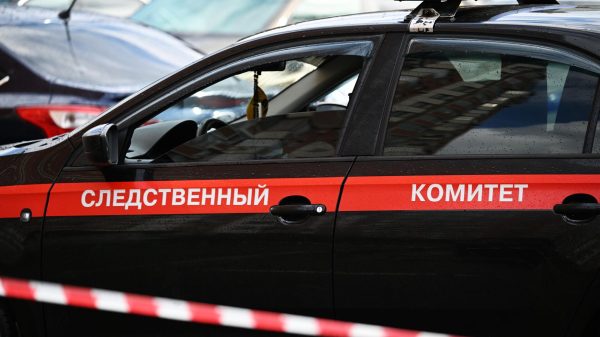
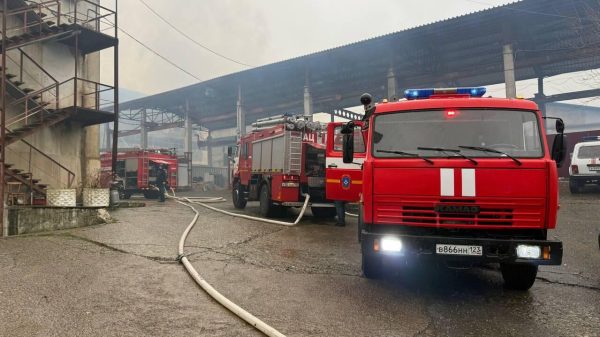









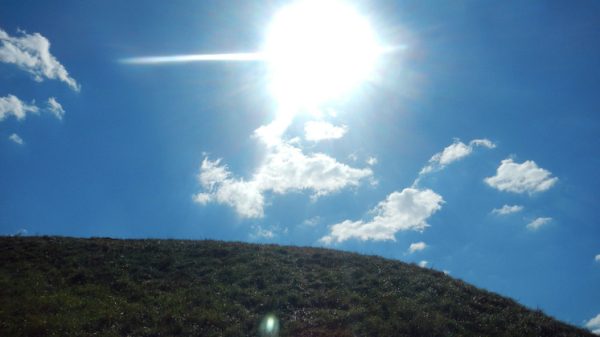


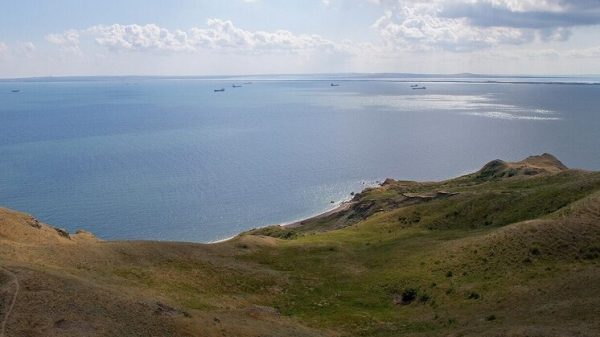













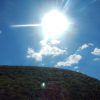

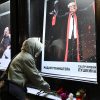
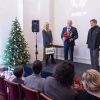
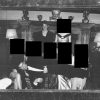














Свежие комментарии